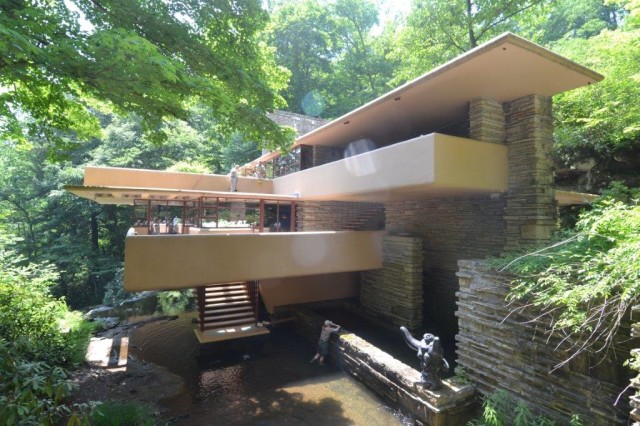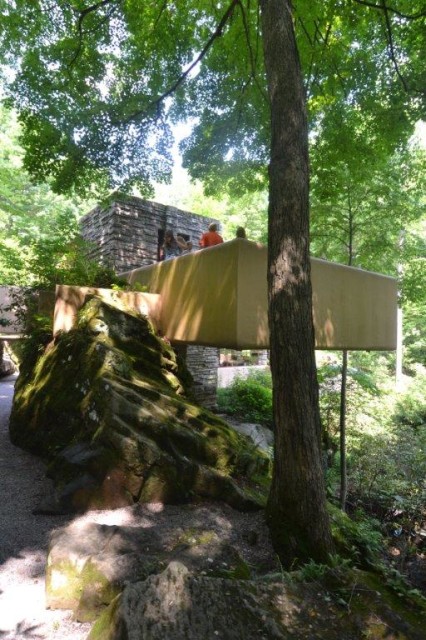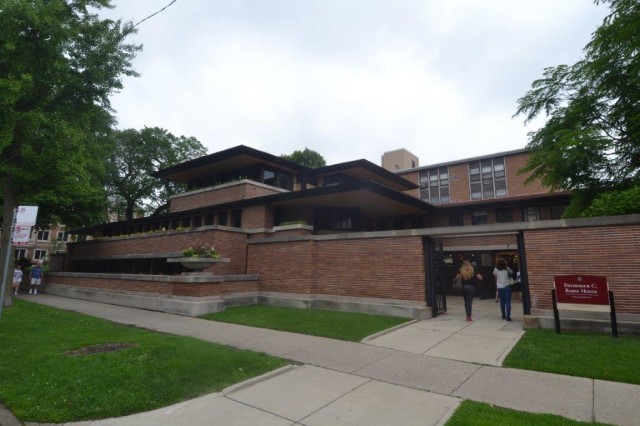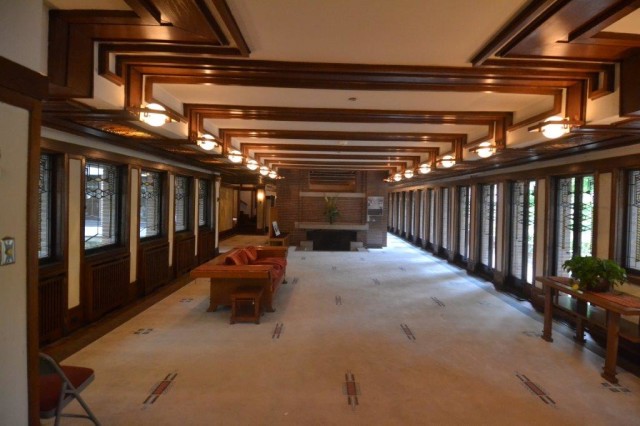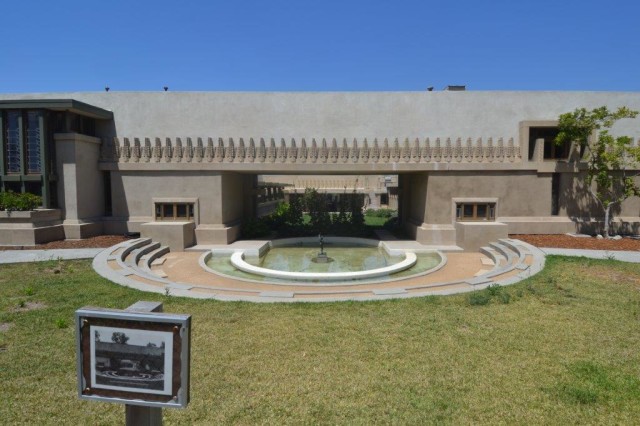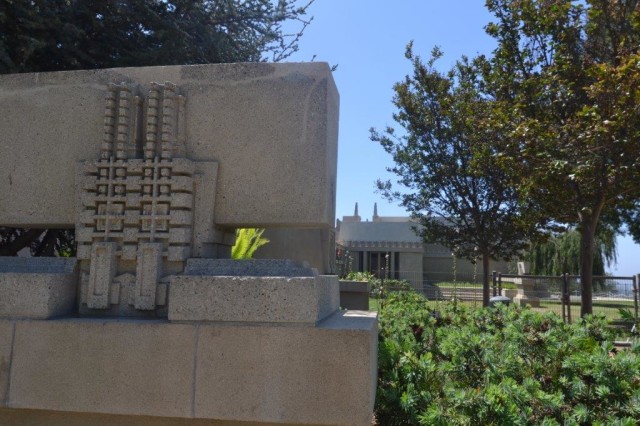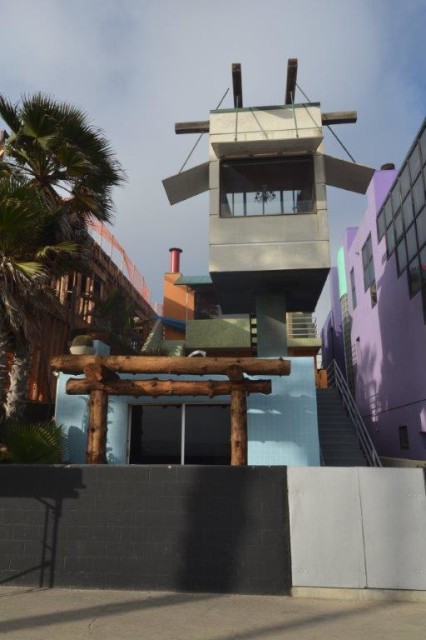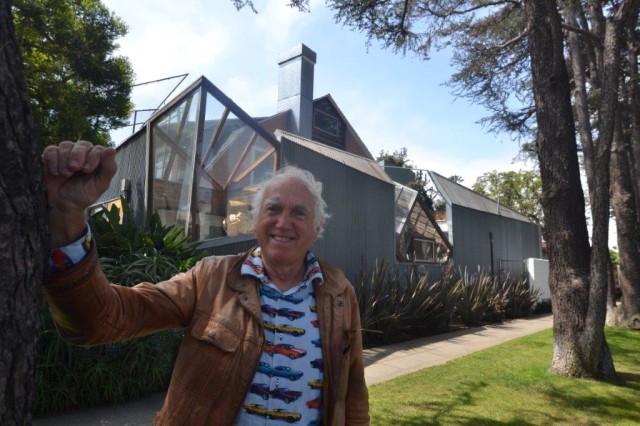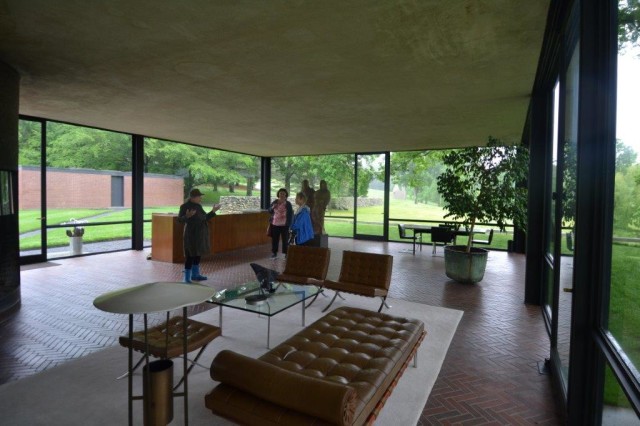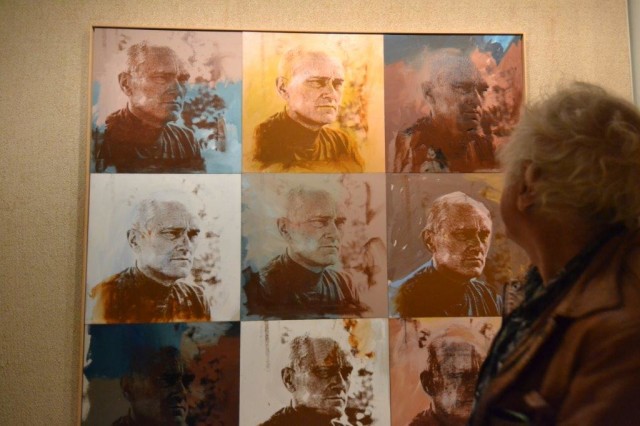Five Franks and a Phillip
I recently returned from mini sabbatical to the big USA. Naturally pilgrimages to iconic architectural houses were in order.
I visited three Frank Lloyd Wrights and a Phillip Johnson, each open to the public and with highly informative guided tours.
Top of the list was Wright’s iconic Fallingwater – well worth the four plus hour drive from Washington to its Pennsylvania location.
It’s promoted as ‘Architecture as Experience’ and since it opened to the public 20 years ago, more than 3 million visitors have availed themselves of this experience. A fitting tribute to one of the world’s most famous houses – its aesthetic audacity and structural innovation takes your breath away.
Hopefully Wright is now gamboling happily somewhere far above his masterpiece with some of natures nymphs.
This and other Wright houses are now celebrities in their own right.
The earliest on our itinerary was his 1909 Robie House in the Chicago suburb of Oak Park. The house is now part of the University of Chicago campus, a short train trip from downtown Chicago.
One of the most important designs ever created, it proposed an American style (Prairie) that challenged the prevailing European imported ones over 100 years ago.
I am in awe of the huge influence this consistently beautiful horizontal themed house has had.
Sadly the house had to be sold to pay Mr Robie’s father’s debts and subsequently Mrs Robie took off with the children.
The latest Wright to be taken into the public realm, the Hollyhock House in Barnsdall Park Los Angeles, has been open to the public since June of this year. It was completed 10 years after the Robie House and 20 years before Fallingwater.
Costing $4M to restore, together with the other paying Wright houses, their future is assured by the streams of visitors.
Aline Barnsdall loved hollyhock flowers and Wright tuned them into stone sculptures. Don’t believe people who say he didn’t listen to his clients. The house has a wonderful intimacy within itself and with its enclosed garden
Both the architect and his client being formidable personalities, clashed during construction and Frank Lloyd Wright was fired.
Of course, a trip to LA wouldn’t be complete for me without taking in some of Frank Gehry’s creations. Because that master is still alive, his houses haven’t yet been appropriated by the public.
His Norton House 1984 at Venice Beach LA, is another triumph of collage design and after over 30 years of its seaside exposure, it still looks as though it has only just been finished.
Nearby in Santa Monica is the master’s own 1978 home which set him on his path to starchitecture.It’s a fine example of how a suburb can successfully provide separated canvasses for personal expression. Architectural cohesion in the suburbs leads to monotony.
Gehry still lives there but while I didn’t have the nerve to knock on the door, I posed for this fan shot!
It’s always fascinating to see what architects choose to design for themselves, and in the case of the late Phillip Johnson, went straight to the very edge.
This curmudgeonly architectural chameleon, built his Connecticut glass house for himself in 1949 – a home which has greatly influenced my thinking since I first saw images of it as a university student in the 60’s.
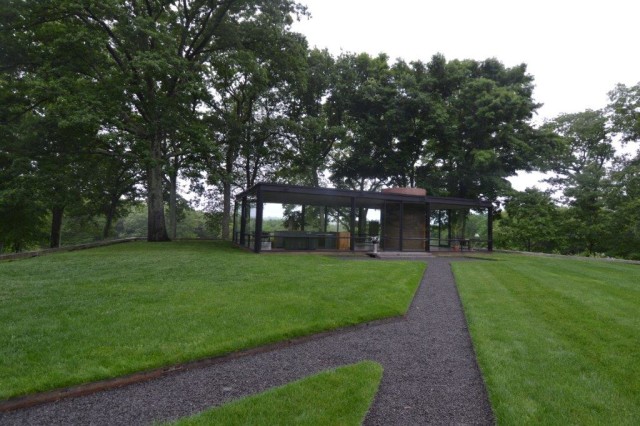 Like Wright, Johnson loved landscape but hated curtains. His solution to the privacy problem was not to decorate the panes as did Wright, but to acquire all sites adjoining his floor to ceiling glazing (He had plenty of money).
Like Wright, Johnson loved landscape but hated curtains. His solution to the privacy problem was not to decorate the panes as did Wright, but to acquire all sites adjoining his floor to ceiling glazing (He had plenty of money).
I think our tour guide was also in love with him. His life’s ambition was simple: ‘to create beautiful things. That’s all’.
I loved the pilgrimage. The three dimensional reality of these iconic houses, together with the history and intrigue behind their realisation, not to mention the stories of their clients, was absolutely wonderful.
To experience them in the building flesh, was very moving.
